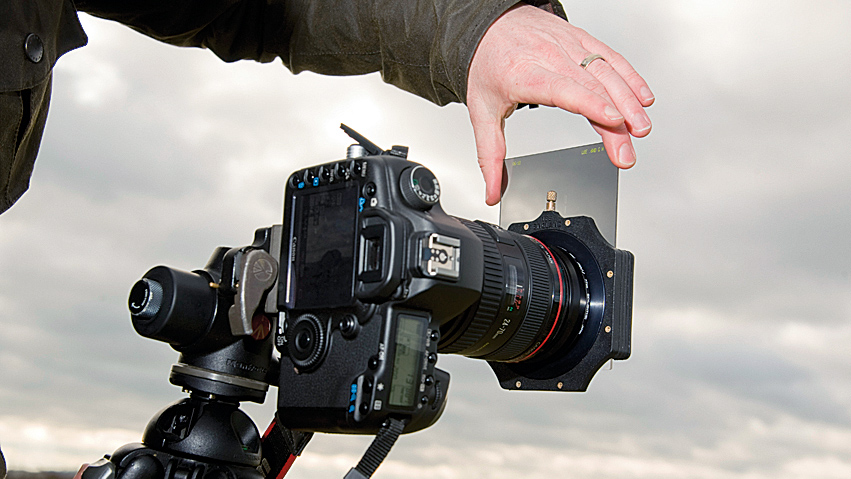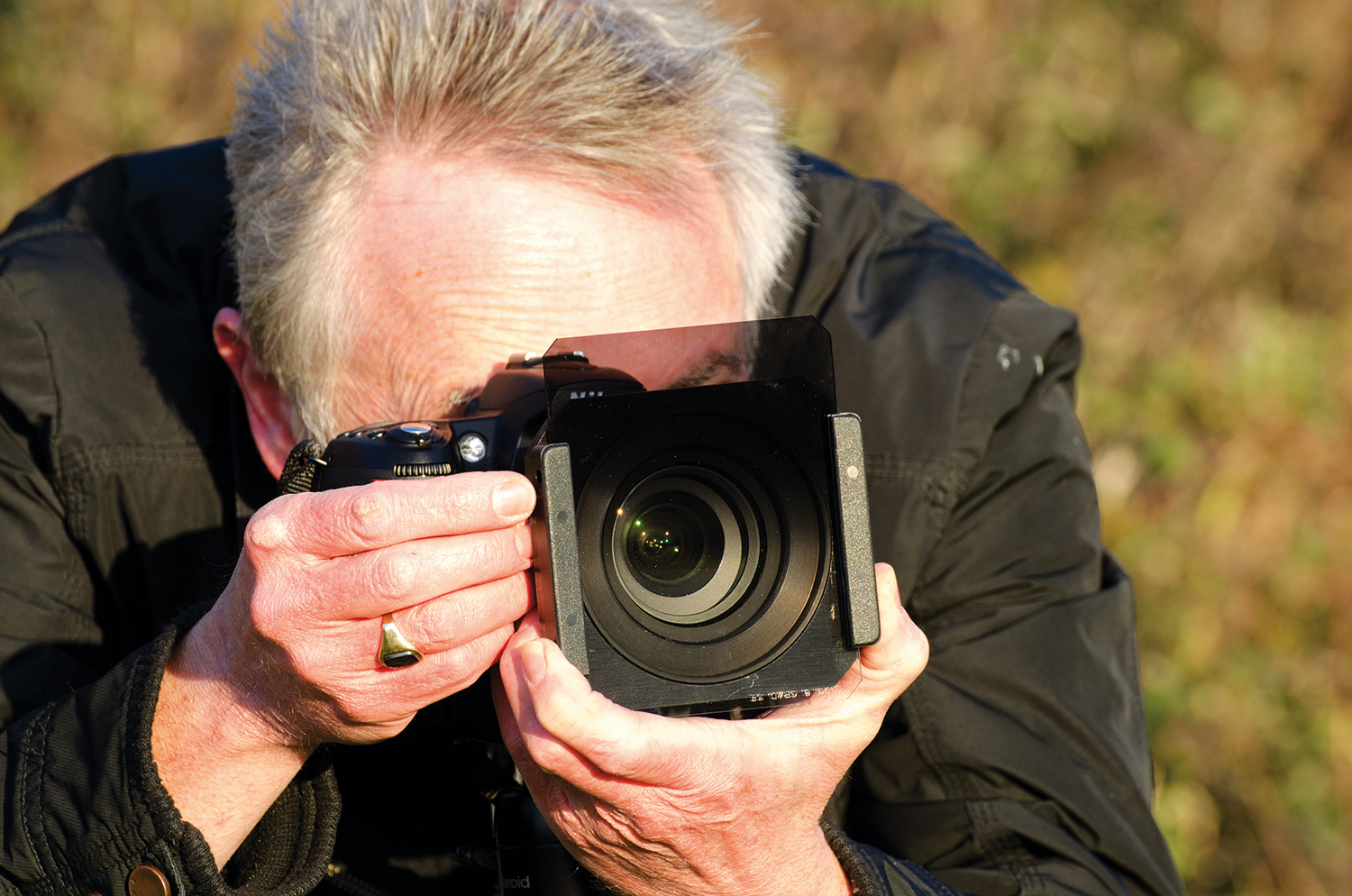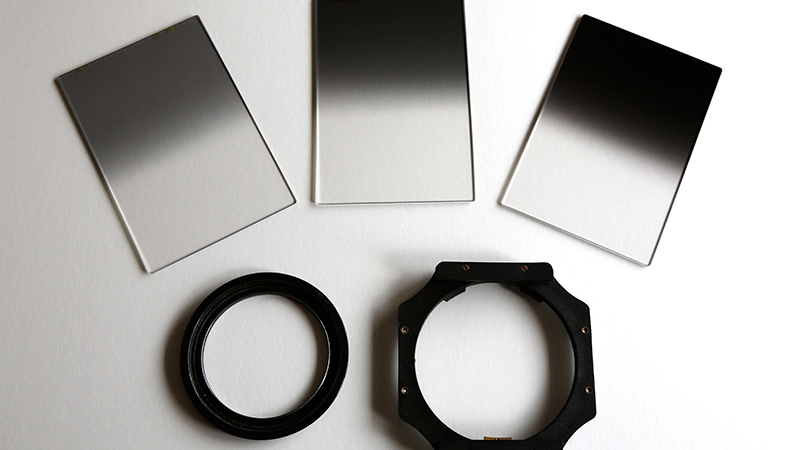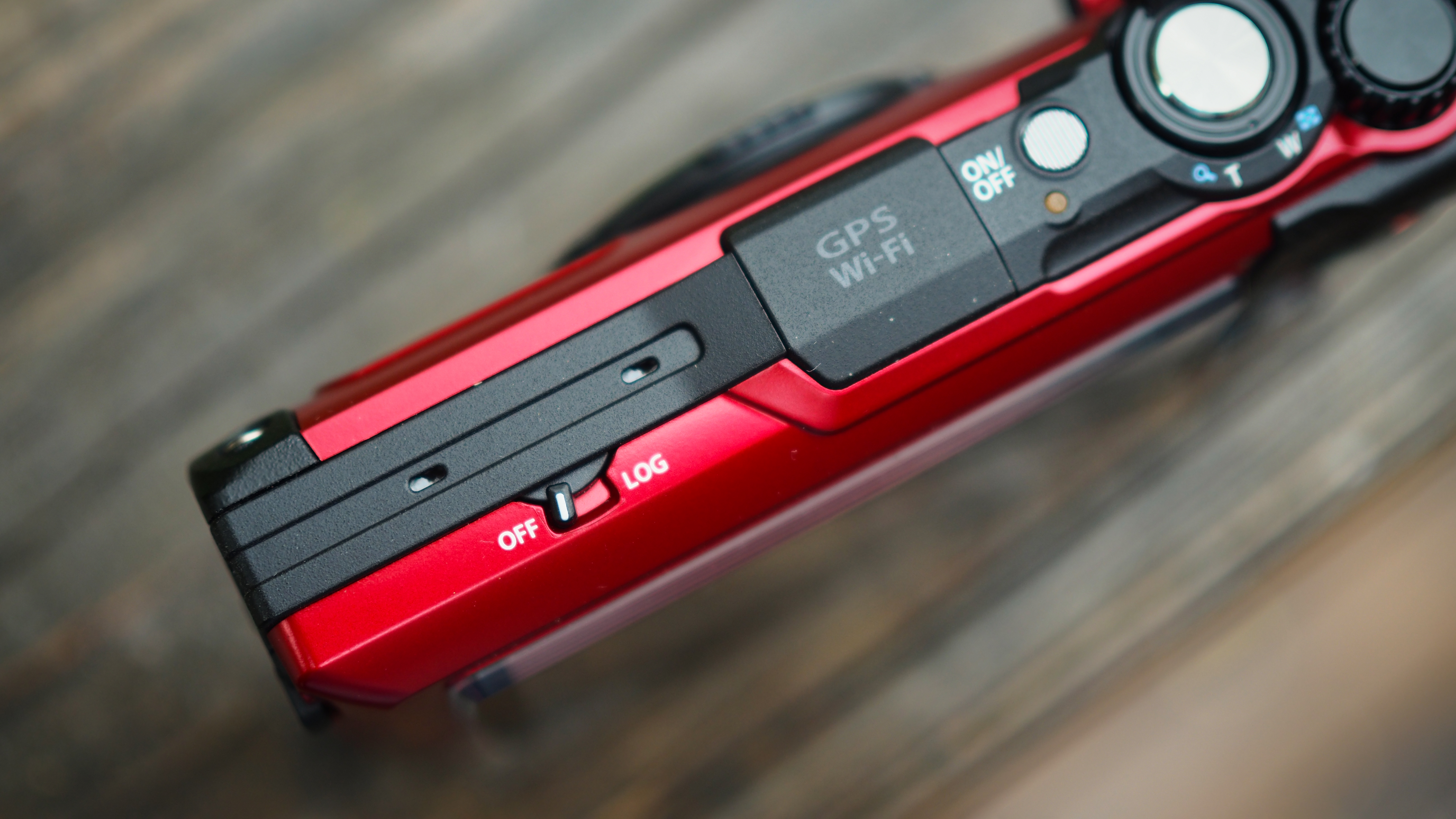What is a graduated filter, and when would you use one?
Understanding what graduated filters are, and how to use them successfully, will improve your pictures

A graduated filter is a rectangle or square-shaped filter, made of glass or optical-resin, with a tonal gradation on it. This means it runs from an area of darker to lighter tone or darker to totally clear. In photography they are used to either balance exposure or add subtle color, typically in a bland sky. A graduated filter is positioned over the front of a lens, either by holding it in place or preferably by using a special filter holder.
Graduated Filters are also mimicked in editing software packages, such as Photoshop, Adobe Camera Raw, Infinity and Lightroom, and can be added to a photo during post-processing. However, at this point, although they can help improve the image taken by finding detail that has already been captured or by adding a colour, they can’t recover detail that has been completely lost by poor exposure.
Colored graduated filters that warm up or cool down areas or boost the intensity of naturally occurring colours within the scene are useful, particularly for dedicated landscape photographers. However, the most popular and useful graduated filter used in photography is the ND Grad.
Controlling bright skies in landscapes

The letters ‘ND’ stand for Neutral Density and this means that, although there is a tonal range visible on the filter itself, it's completely neutral and will not affect the colours within a scene.
This is because, rather than introducing a colour to part of the image, the job of the ND Grad is to help the camera’s sensor retain detail in both highlight and shadow areas. This is achieved by placing the darker area of the ND Grad over the lightest part of the scene to reduce the tonal contrast within the exposure.
ND grad strength
ND grads are very popular with landscape photographers because the exposure difference between a bright sky and darker land can often cause issues – either overexposed (too bright) highlights or underexposed (too dark) shadows. Naturally, the difference in tonal range between the brightest and darkest part of the scene can vary hugely depending on conditions. This is why ND Grads are produced in different strengths, such as one, two, or three-stop, so the photographer can select the right filter for the light variation.
Although in many situations a graduated filter is positioned with the darkest area over the sky, there are times when you need to have the filter positioned at an angle or even upside-down, so the darkest part is at the bottom. Having a dedicated filter holder, where the filter slots securely into place, makes positioning the filter at different angles much easier.
The best camera deals, reviews, product advice, and unmissable photography news, direct to your inbox!
Hard and soft grads
While ND Grads come in different strengths, they also come in both hard- and soft-edged gradations. This variance in the feathering between dark and clear is to allow for the different types of scene you might photograph. For example, you could choose a soft-edged gradation where you have irregular-shaped objects, such as mountains, trees, or buildings projecting into the brighter sky area. Whereas a coastal landscape with a more obvious horizontal divide between the darker sea and brighter sky would be better photographed using a hard-edged ND Grad.
Read more:
• Best filter holders
• Best graduated filters
• Best polarizing filters
Andrew makes his living as a photographer, videographer and journalist. For 26 years he was a specialist magazine editor, the last 13 of which were on Practical Photography magazine. A long-time expert in photographic techniques across many disciplines, he's a self-confessed photo generalist, and a font of creative knowledge to capturing just about any subject, although he has a strong leaning to wildlife and travel photography. Andrew's wide-ranging photography experience means he authors the long-running Photo Answers section for Digital Camera Magazine. His work as a journalist, guide and educator dovetails neatly into his commitment to Foto-Buzz - an online subscription community he founded, where Andrew writes articles, films tutorials and records blogs on all manner of photo-related subjects and techniques for enthusiast photographers.


